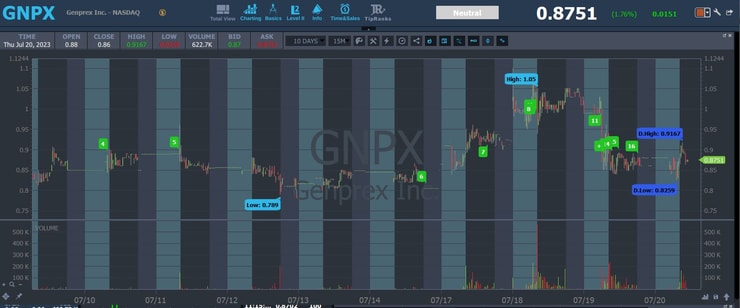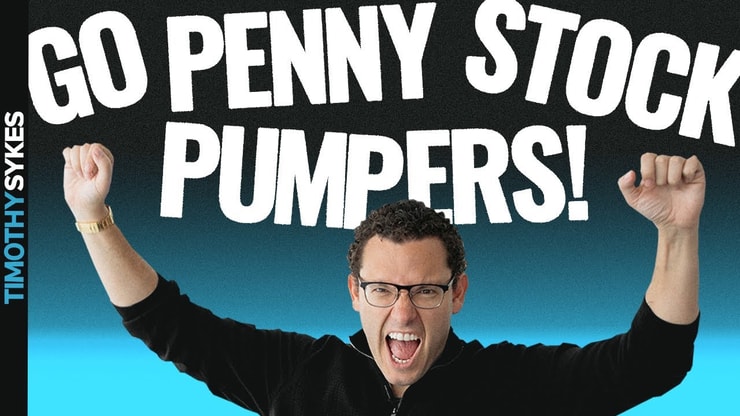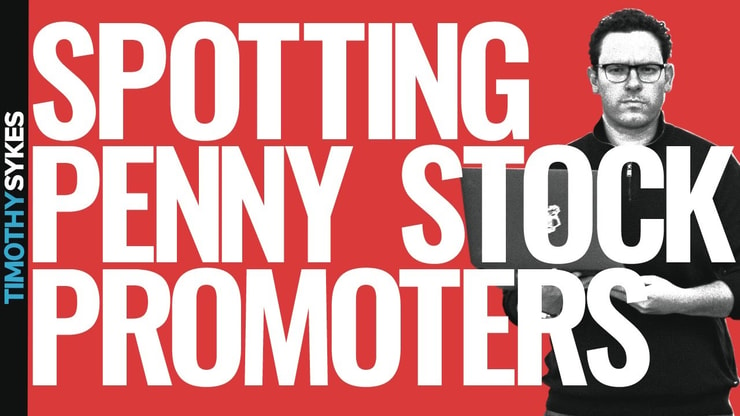Last week, the ticker symbol HCTI ran by more than 200%…going from a low of $3 to a high of $10.89 in less than 24 hours…
The company announced it was launching a ransomware initiative aimed at protection and prevention for healthcare providers.
Hardly game-changing news…
So what triggered such a massive move?
A well-calculated promoter pump.
You see, several publicly traded small-cap companies use promoters to bring awareness to their company…aka pump their stock up.
There’s a lot of money involved.
And tons of opportunities in trading promoted stocks…
But if you don’t know how the game is played, the results can be devastating.
That’s why I’m going to share with you my best tips on how to avoid being a victim of a promoter pump…
How Promoters Operate

Promoters use Discord, chat rooms, email lists, Whatsapp groups, Telegram, and even old-school mailers to get their message out.
These hired guns get paid to write marketing pieces that are masked to look like research. They are highly one-sided and only focus on the company’s positive aspects.
For their efforts, they receive large sums of money…they can also be compensated in shares…and sometimes both.
While it all sounds harmless…
Here’s where it gets shady.
The reason why some small-cap companies hire promoters to pump their stock is because they need money.
Most of these companies are hemorrhaging cash.
So they’ll like to pump up the stock so they can then later make a stock offering.
By issuing more shares, they can generate cash for their business.
However, it’s dilutive to existing shareholders.
And in many cases, it destroys the stock.
How It Works
On July 16th, promoters pushed the ticker symbol GNPX…
This was done to bring awareness to the stock and get amateur traders to FOMO into the symbol.

Then on July 18th, the company released a statement that they signed an exclusive license to additional diabetes technology with the University of Pittsburgh.
Sounds bullish, right?
And the timing, it’s perfect, right?
Imagine not being knowledgeable and you start to receive messages about a stock…so you put it on your watchlist…then you hear news about the stock that sounds bullish.
For the newbie, it’s to get suckered into the stock.
And I’m sure some did.
But you know what?
The NEXT DAY…GNPX announced a $7.5 million registered direct offering priced at the market under Nasdaq rules.
And just like that it dropped nearly 20%…
The Game Has Gotten Harder

Early in my career, I would short the living daylights of promoted stocks.
And I would make tons of money doing it.
However, a couple of things happened.
One, I started receiving death threats.
Second, too many traders adopted the strategy.
Why is that bad?
Because it skewed the risk vs. reward.
For example, most of these promoted stocks will crash after the campaign is over…
However, we don’t know when.
That’s why we are seeing so many short-sellers get squeezed.
Traders with big bank accounts are playing the other side and squeezing the heck out of shorts.
That’s why shorting is a very risky business.
And something I don’t recommend to new traders or ones with small accounts.
Just one bad trade can wipe out years of progress.
Let's all thank the $KSCP short sellers who have sacrificed so much for our happiness. They give up their money, health, stress & sanity, so that we can have the best short squeeze spikes possible. Your sacrifice is most appreciated shorts, I know you like pain so you win too!
— Timothy Sykes (@timothysykes) July 13, 2023
That’s why I often say that short-sellers are the new promoters.
Last Word
No one has a monopoly on good trading ideas.
If you want daily trade ideas from millionaire traders, CLICK HERE TO SIGN UP.





Leave a reply